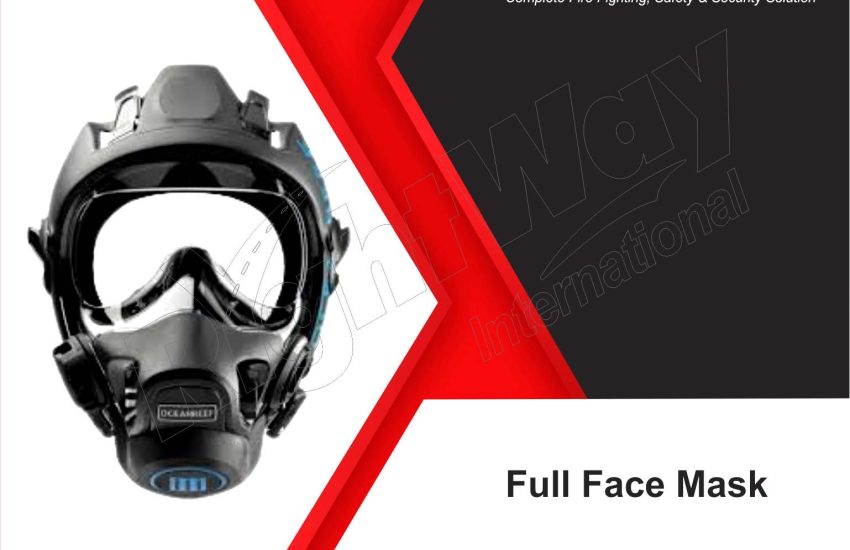Full Face Mask (PPE) is a critical piece of personal protective equipment (PPE) designed to cover the entire face, including the eyes, nose, and mouth. Full face masks are widely used in various industries, including healthcare, firefighting, construction, and manufacturing, to protect against hazardous substances, airborne particles, and infectious agents. Understanding the features, applications, and maintenance of full face masks is essential for ensuring safety and compliance.
What is a Full Face Mask?
A full face mask provides respiratory protection and a barrier against contaminants. Key components of a full face mask include:
- Facepiece: Covers the entire face, providing a secure seal and protection.
- Filter or Cartridge: Removes harmful particles or gases from the air.
- Head Harness: Ensures a snug fit for optimal performance.
- Visor: Offers clear visibility while protecting the eyes.
Applications of Full Face Masks
Full face masks are used in various settings, including:
- Healthcare: Protects healthcare workers from infectious diseases and airborne pathogens.
- Firefighting: Shields firefighters from smoke, heat, and toxic gases.
- Construction: Prevents inhalation of dust, chemicals, and hazardous materials.
- Industrial Work: Used in environments with chemical exposure or respiratory hazards.
Key Features of Full Face Masks
When choosing a full face mask, consider the following features:
- Fit and Comfort: A proper fit is crucial for effectiveness; adjustable straps and cushioning improve comfort.
- Visibility: Anti-fog visors enhance visibility, especially in challenging conditions.
- Filter Options: Various filters and cartridges are available to address specific contaminants.
- Durability: Manufacturers should use sturdy materials to ensure masks can withstand wear and tear.
Choosing the Right Full Face Mask
Selecting the appropriate full face mask involves assessing specific needs. Consider these factors:
- Type of Hazard: Identify the specific risks, such as chemicals, particulates, or biological agents.
- Duration of Use: Choose a mask designed for the expected length of exposure.
- User Training: Ensure that personnel receive training on the proper usage and maintenance of full face masks.
Maintenance and Care of Full Face Masks
Proper maintenance is essential for ensuring the reliability and longevity of full face masks. Follow these guidelines:
- Regular Inspections: Check for damage, wear, or improper fit before each use.
- Cleaning: Clean the mask according to the manufacturer’s instructions to prevent contamination.
- Filter Replacement: Change filters and cartridges as recommended to maintain effectiveness.
- Storage: Store masks in a cool, dry place to protect them from damage.
Conclusion
Full Face Mask (PPE) are a vital component of workplace safety in hazardous environments. By understanding their features, applications, and maintenance requirements, organizations can enhance safety and compliance. Investing in high-quality full face masks and ensuring proper training is essential for protecting workers from various health risks.


